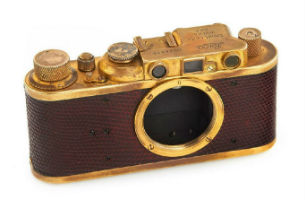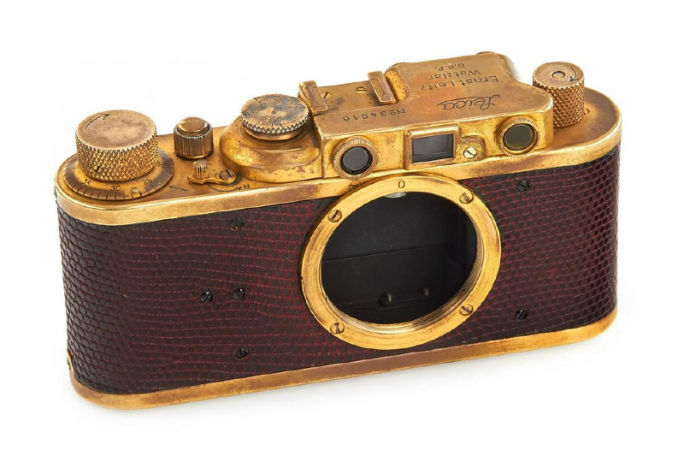
NEW YORK – If a Ferrari is just a car, then a Leica is just a camera.
For over 100 years, Leica has stood for technical innovation and quality, especially its lenses, said to be the sharpest in the world. Renowned photographers have long embraced Leica cameras, taking iconic photographs such as Alfred Eisenstadt’s V-J Day photo of a sailor impulsively kissing a woman in Times Square in 1945 or Nick Ut’s 1972 photograph of Vietnamese children running down a road after a napalm attack.
In 1913, Oskar Barnack made the first Leica prototype cameras in the 35mm format at the Ernst Leitz Optische company in Germany. The Leicas were designed to be compact while still allowing high-quality enlargements to be made. They were built lightweight with collapsible lenses, making them well-suited for nature hikes, landscape photography and outdoor recreation. The name Leica was created by pairing the first three letters of Ernst’s last name with the “ca” in camera. Leicas dominated the camera industry until about World War II when it faced stiff competition from European and Japanese companies. It began targeting the professional and serious photography market instead.

made $176,214 in June 2015 at WestLicht Photographica Auction. Photo courtesy of WestLicht Photographica Auction and LiveAuctioneers
“The Leica system has been built to the highest standards of manufacturing with meticulous attention to quality and precision. Over the years, various models of the camera have been presented to royalty, presidents, scientists, explorers and others that were recognized for their accomplishments throughout the world. No other camera or precision instrument in history has received such universal recognition,” according to the International Leica Society/LHSA.
Leicas are beloved by collectors and owing to their rugged nature and quality craftsmanship, people still take great photos with vintage Leicas. Many Leica users start to collect cameras and many Leica collectors use their cameras so there are no rules for collecting. Advanced Leica collectors, however, put a priority on condition.
The earliest models and limited production ones are among the most sought-after, but the condition of the camera plays a huge role in valuing cameras. For example, production of a chrome Leica M3 (1953-1966) was over 200,000 units and the usual selling price of a used example is around 600-800 euros ($700-$800). A mint example of this desirable classic will be worth over 3,000 euros ($3,500), even more when the original box and papers are included, said Michal Kosakowski, a specialist at Westlicht Photographica Auction of Vienna, Austria.
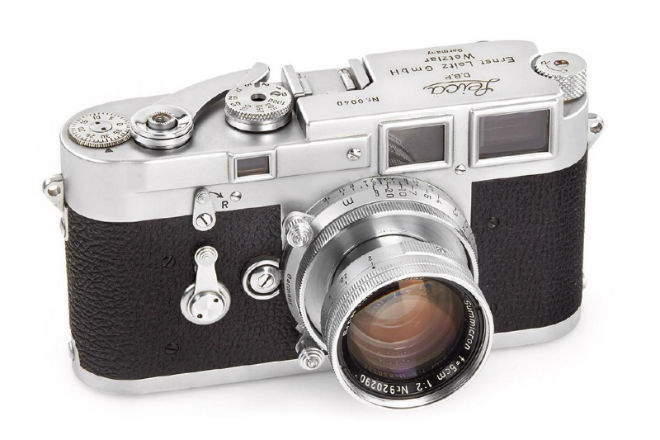
Specializing in photography, the auction house is accustomed to setting the bar high for Leicas in the auction market but may have been surprised in March 2018 when it auctioned a Leica O-series, No. 122, for $2.4 million euros ($2.97 million), making it the most expensive camera ever sold.
“The Leica O-Series (below) is one of the major rarities in camera history. Only around 25 examples were made to test the market in 1923; only three are known to exist today in this version—with the one we sold being the most original and well-preserved example,” Kosakowski said. This O-series camera debuted two years before the Leica A, aka Leica I, was commercially launched in 1925.
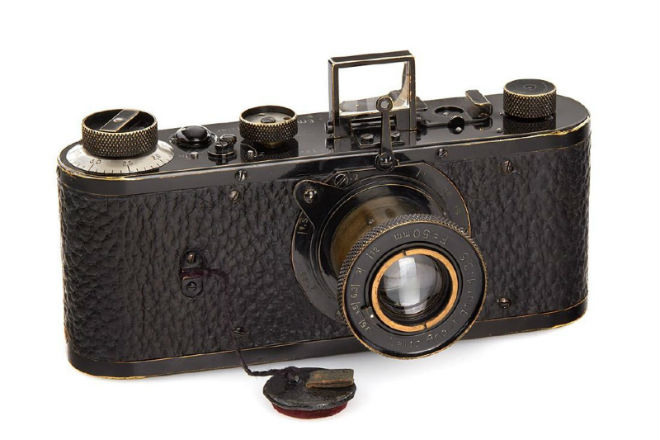
The previous auction record holder for a camera was a Leica O-series, no. 116, that sold at WestLicht in 2012 for $2.4 million. Other top-performing Leicas in the March 2018 auction included a Leica MP-89 (1957) black paint that opened with a bid of $141,024 and finished at $535,883. A Leica MP-2 (1958), the first Leica camera having an electric motor drive, fetched $507,687.
Among rare Leica models are the M2 in gray paint (below). In 1960, the U.S. Air Force in Germany received 20 such cameras (nos.1005751-1005770). Only some 10 cameras are thought to survive today.
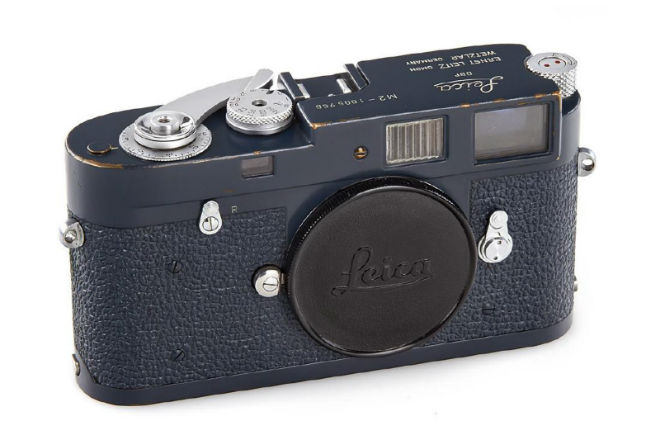
The gold-plated Luxus with a lizard-skin body is also highly desirable and rare. Even in 1929 when it was introduced, it retailed for double what a regular Leica I version cost. Less than 100 examples were made between 1929 and 1933. Imitations have been made for many years by converting Leica I cameras and later models to resemble the Leica Luxus. Luxus replicas are not considered good investments.
Leica cameras appeal to collectors for various reasons—aesthetics and craftsmanship chief among them. True Leicaphiles may covet only the company’s classic rangefinder models that Leica is perhaps best known for, but its reflex model cameras (Leicaflex was introduced in 1964) are collectible, as well. A rangefinder camera uses parallax in focusing instead of a mirror as in reflex models. Both can produce beautiful images.
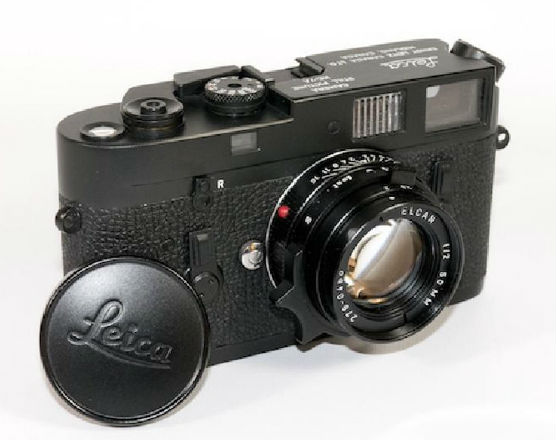
“Leicas are beautiful pieces of engineering, but they are as well very robust and reliable. Of course, a camera is only as good as the lens in front of it and the Leica lenses were always regarded for the optical quality,” Kosakowski said. “Another appeal of the Leica lenses is the compatibility—you can use a 1932 Elmar on a 2018 Leica M10 (using a simple Leica adapter) and it will work and focus properly; for the M-lenses (made after 1954) you don’t even need an adapter.”
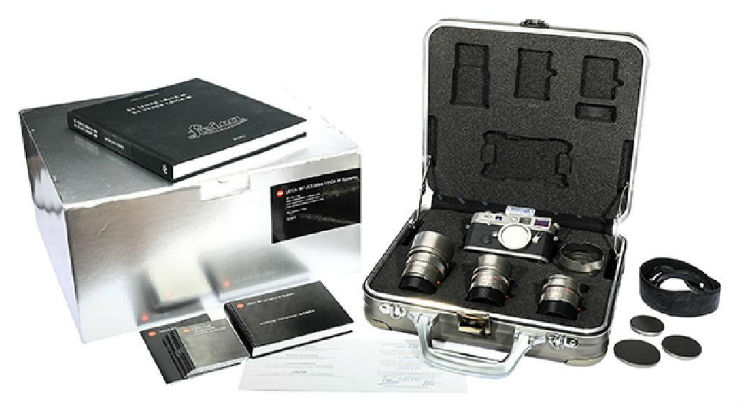
Choosing a camera is a highly personal decision, much like choosing a purse, but overall condition and working order are important factors when choosing between two examples of the same model. “Of course, a collector will choose a better condition over a perfect function and someone who will use the camera will choose otherwise,” Kosakowski said. “Leica has a very long history with many different models. I suggest a visit to a local dealer and comparing a few models before buying a first Leica.”
Click to visit Leica online and learn more about one of the world’s most admired brands.


